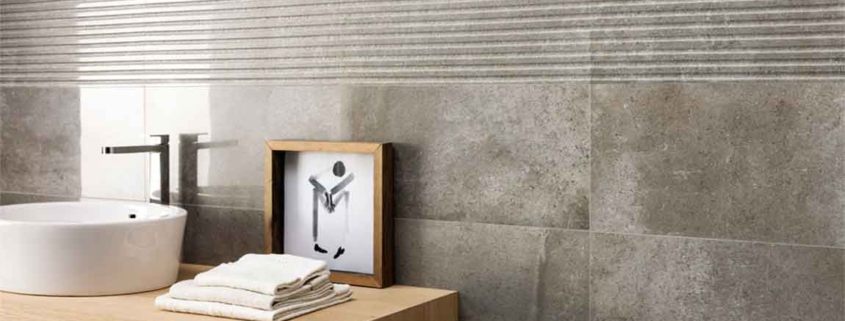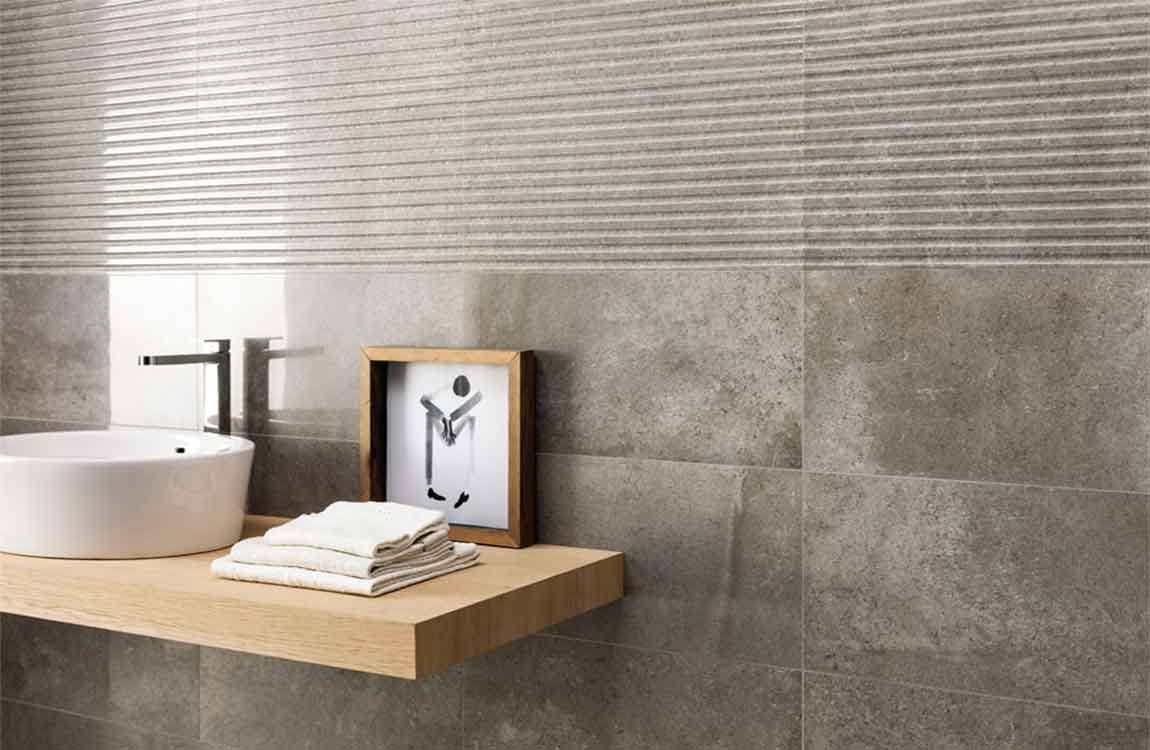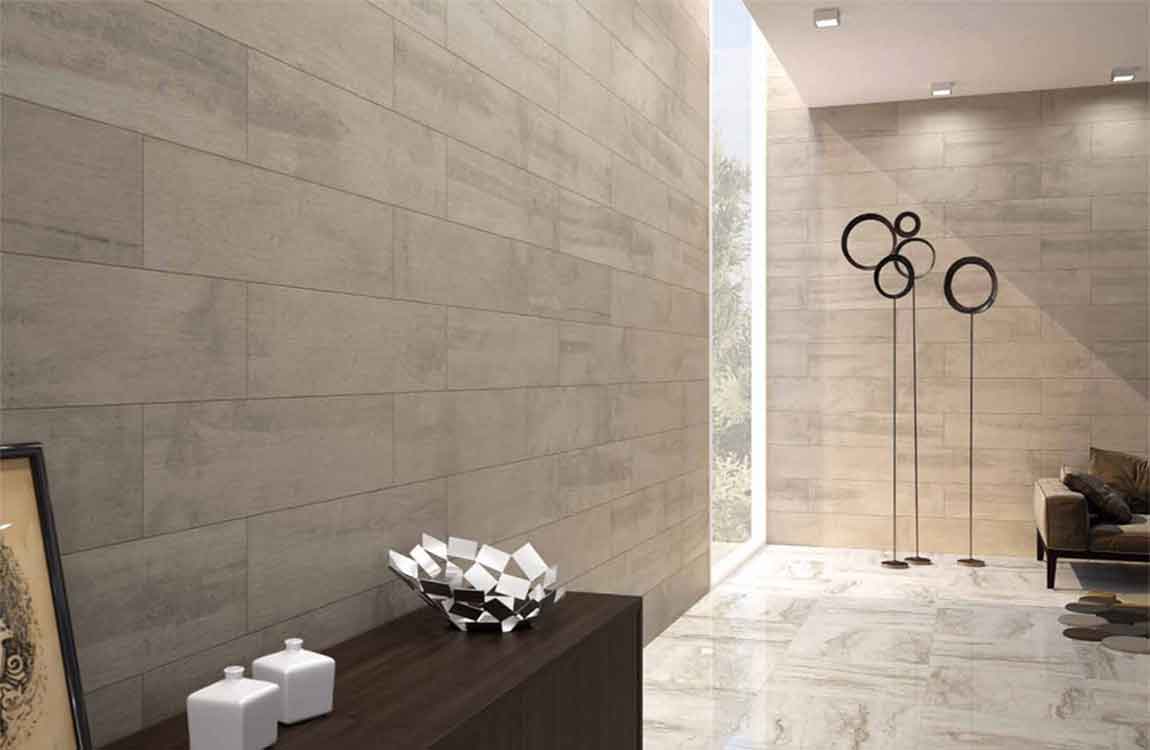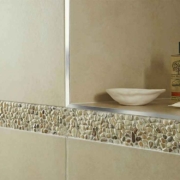How cutting a tile with the tile nippers?
Smooth the cuts with a tile file and wipe the tiles down. Once you’ve finished cutting a tile with the tile nippers, use the tile file to sand down any rough edges along the cut. Follow this up with a damp cloth to wipe away any dust. After this, dry-fit the tile to make sure it rests snugly along the toilet base. If it doesn’t, keep nipping, or get a new tile and start again if necessary.
When all the tiles have been cut, filed, cleaned, and dry-fitted, you can move on to setting them in place permanently. Trace the outline of the flange onto the sheet(s) of paper. First, run your finger along the outline of the flange to create a crease in the paper. Then, lift up each sheet and use a pencil to trace an outline that’s slightly—about 0.25 in (0.64 cm)— larger than the creased outline.
The tracing doesn’t need to be perfect, because the toilet will rest on top of the flange and the cut tile(s) and hide any minor errors. If you have a removable flange and want it to rest on top of the tiles instead of on the subfloor, make the pencil tracing about 0.5 in (1.3 cm) smaller than your crease outline instead. That way, the outer rim of the flange will rest on the surrounding tiles.
Cut out the flange circle and trace it onto the tile(s). Use scissors to cut the sheet(s) of paper to the correct shape, then tape the sheets onto the tiles. Transfer the cut lines onto the tiles with a pencil, then remove the paper. Don’t discard the paper yet—you’ll need it again if you break a tile while cutting it!
Don’t try to cut more than about 0.125 in (0.32 cm) deep with any single pass, or the tile will probably break in a random spot and you’ll have to start over. Be as precise as possible but remember that the circle you cut doesn’t need to be perfect. The actual cut line will be covered by the toilet base.
















